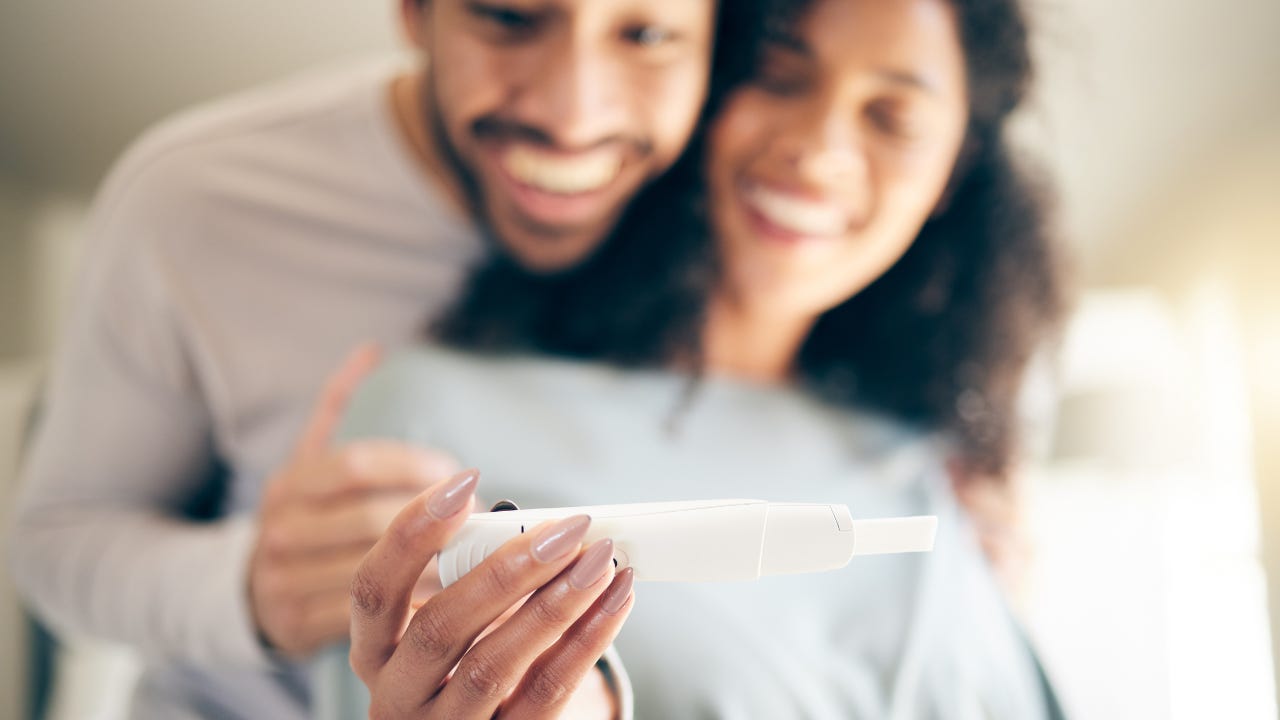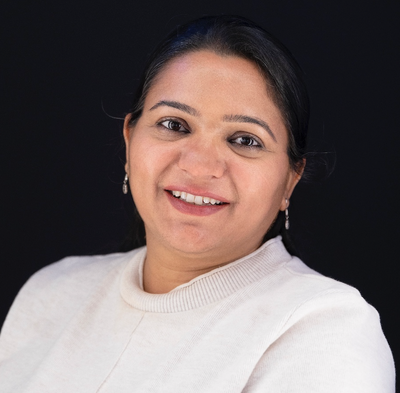AI is rewriting the rules of in vitro fertilisation
From intuition to algorithms, IVF enter the AI era with promising results. Here’s how.

It was just last month that the world welcomed the first baby born from artificial intelligence (AI)-augmented in vitro fertilisation (IVF) in Mexico. A 40-year-old woman gave birth to a healthy boy following a process where the AI fertilised four out of five donor eggs, with one embryo successfully implanted.
This is a remarkable breakthrough in fertility treatment and signals how AI can usher a new era of precision in reproductive medicine, with IVF emerging as a particularly fertile ground for digital health transformation. Innovation and smarter use of AI is helping optimise embryo selection, streamline laboratory operations, and personalise treatment.
The IVF market is forecasted to grow at a CAGR of 9.24 per cent and reach US$409.39 million by 2030.
Dr Raquel Del Gallego, Head of the Clinical Data Management Unit at ART Fertility Clinics, Abu Dhabi, is one of the leading voices in this effort. “AI holds the promise of transforming IVF by enhancing effectiveness, automating manual tasks, and enabling evidence-based decisions — all in a non-invasive and standardised manner,” she says.
At ART Fertility Clinics, Dr Del Gallego and her team have embarked on a decade-long project to build an AI backbone — a system capable of analysing complex clinical data and millions of embryo images to answer critical questions across the IVF journey. Their work represents an integration of healthcare technology and clinical insight, with data points ranging from patient demographics and stimulation protocols to embryo morphokinetics and pregnancy outcomes.
The engine room of AI in IVF
Central to the project is a fusion of clinical and imaging data, argues Dr Del Gallego. “The team analysed more than 15,000 embryos captured through time-lapse systems, generating seven million images across 2,500 IVF cycles. These were paired with 54 key clinical parameters to train a model known as the IVF-TFT (Temporal Fusion Transformer) — a powerful tool designed to predict embryo development trajectories, including the onset of blastocyst formation, quality forecasting, and utilisation timing.”
One of the key innovations of the IVF-TFT model lies in its dual approach: it assesses both static image features and temporal dynamics. “Our model understands not just what an embryo looks like at a given point, but how it evolves over time,” explains Dr Del Gallego. This has enabled real-time alerts for embryologists — flagging, for instance, the moment a blastocyst forms — and future forecasting of embryo usability.
Local and global perspective
Research in Abu Dhabi indicates that Emirati females experience a faster decline in ovarian reserve due to consanguinity in the community
Fertility rates are declining globally and locally in the UAE, driven by a combination of health and social forces that impact our reproductive potential. However, AI assisted procedures hold much promise on this front, and the UAE is consciously investing in the new technology. The government is proactively supporting healthcare innovation with supporting regulations.
“In Abu Dhabi, we do not view this (declining fertility rates) as an unchangeable reality. We view it as a call to action, and we are responding to this call proactively, comprehensively and with purpose. Our ambition is to set a global benchmark for fertility, building our integrated healthcare system, and world leading IVF success rates, and this is only the beginning. We envision the world’s most comprehensive, intelligent fertility care ecosystem, one that supports each individual from adolescence to their parenthood,” says Dr Noura Khamis Al Ghaithi, Undersecretary of the Department of Health, Abu Dhabi.
“Research in Abu Dhabi indicates that Emirati females experience a faster decline in ovarian reserve due to consanguinity in the community,” she notes, adding, “Obesity is another key driver of infertility.”
Globally, the total fertility rate (TFR) has more than halved over the past 70 years, as per a report by The Lancet. By 2050, over three-quarters of countries, 155 of 204, will not have high enough fertility rates to sustain population size over time. And this percentage is likely to increase to 97 per cent of countries, 198 of 204, by 2100.
Opportunities in precision and planning
Even when tested against external datasets, AI model maintained its edge — outperforming other industry-standard approaches.
The implications for leveraging innovative healthcare technology in IVF clinics are profound. With AI-powered predictions, clinicians can better inform patients, optimise embryo biopsy and transfer schedules, and reduce subjectivity in embryo assessment. “We’re now able to say, with a high degree of confidence, when an embryo is likely to reach a usable blastocyst stage and whether it meets quality thresholds for preservation or implantation,” says Dr Del Gallego.
The accuracy scores are promising. Across multiple prediction tasks, Dr Del Gallego explains, the model’s AUC (Area Under the Curve) consistently exceeded 0.9, a benchmark for strong performance in machine learning. “Even when tested against external datasets, the model maintained its edge — outperforming other industry-standard approaches.”
The elusive frontier: predicting euploidy
Looking ahead, the next frontier is predicting embryo euploidy — the chromosomal normality that is a key determinant of IVF success. Here, AI models have plateaued at AUCs of around 0.7. “Across the literature, we’re hitting the same ceiling. It raises the question: is morphology and clinical data enough, or do we need to look deeper into the cytoplasm or metabolic signals?” she asks.
The team is also developing saliency maps to better understand how the model ‘sees’ embryos — highlighting the specific regions in an image that drive its predictions. This transparency is vital to building clinician trust and regulatory acceptance.
AI as a clinical partner, not a replacement
However, the larger vision for AI in IVF is not to replace clinicians, but to act as a decision-support tool — reducing human error, optimising workflows, and improving patient outcomes. “Digital health solutions must be embedded carefully within clinical workflows, not bolted on,” says Dr Del Gallego. Her team’s next step is a prospective validation of the model, a rigorous trial to determine its value in day-to-day clinical use.
In the UAE, the IVF market was valued at US$243.56 million in 2023 and is expected to witness an impressive growth in the coming years, forecasted to grow at a CAGR of 9.24 per cent, and reach US$409.39 million by 2030.
As IVF becomes more sophisticated, the need for scalable, objective, and patient-centric tools grows stronger. AI presents a compelling opportunity — not just for increased pregnancy rates, but for a more transparent and tailored fertility journey.


